As Perodua’s first sedan, the new Perodua Bezza provides levels of boot space and luggage security hitherto unheard of for the national carmaker. In fact, resident rendering wizard Theophilus Chin thinks it is perfect to be used as a taxi, so much so that he has actually put his Photoshop brushes to work on creating his vision of what a Bezza cab would look like!
We think the Bezza looks the part resplendent in red and white, with unpainted black plastic bumpers recalling the old Proton Saga Iswara taxis of yore – although it has to be said that real Malaysian taxis have been wearing body-coloured bumpers for some time now.
Adding to the utilitarian flavour are the steel wheels borrowed from the Axia 1.0 E and side rubbing strips that are reminiscent of those on the current Proton Saga – the ones sold in the GearUp accessories lineup are mounted higher up the doors.
Widely regarded as the fiercest competition to the Saga, the Bezza could stand a real chance of snatching the bowl away from the Proton in the latter’s key taxi market. The only problem would be the engine size – the Bezza biggest mill is a 1.3 litre Dual VVT-i unit.
Although we generally feel that the 94 hp/121 Nm engine’s performance is more than adequate for such a light car, engine displacement is a big factor for taxi drivers, which is why taxi-spec Sagas have had to be equipped with bigger 1.6 litre engines. Perhaps the upcoming 1.5 litre NR engine slated for the next-gen Myvi could be what Perodua needs to make the Bezza worthy of the “teksi bermeter” light bar.
What do you think of Theophilus Chin’s take on a Perodua Bezza taxi? How do you think a fare-earning Perodua sedan would, er, fare? Sound off in the comments section after the jump.
GALLERY: Perodua Bezza sedan
Looking to sell your car? Sell it with Carro.

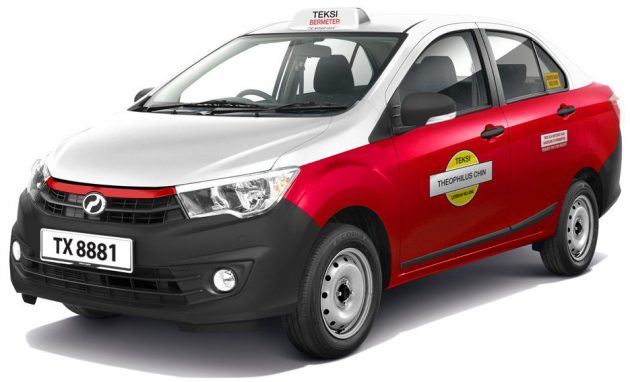
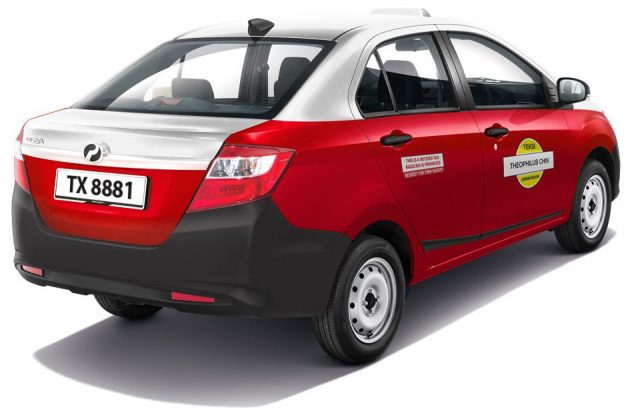
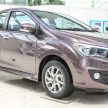
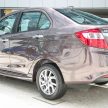

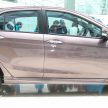

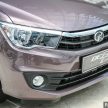
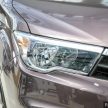
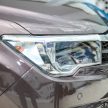
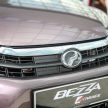
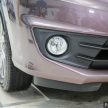
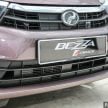
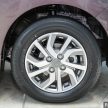
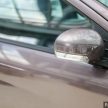
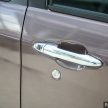
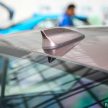
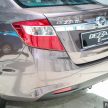
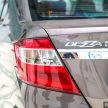
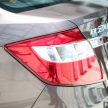
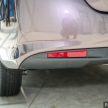
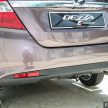
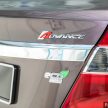
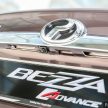
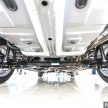
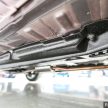
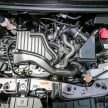

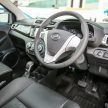
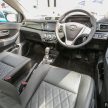
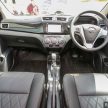
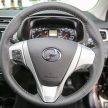
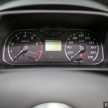
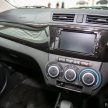
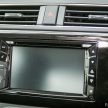
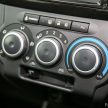
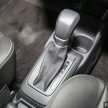
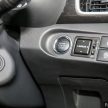
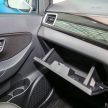
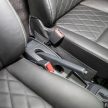
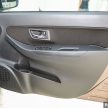
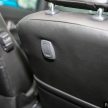
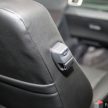
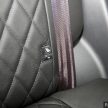
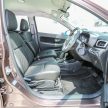
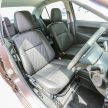
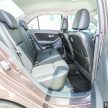
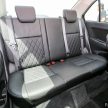
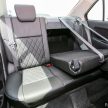
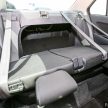
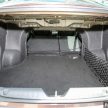
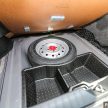
















AI-generated Summary ✨
Comments on the Perodua Bezza taxi render highlight mixed opinions about its design, practicality, and suitability as a taxi. Some appreciate the rendering and number plate, while others criticize its proportions, rear design, and appearance, comparing it unfavorably to Saga and Persona taxis. Several comments discuss the car’s engine capacity, NGV fuel compatibility, and safety features, emphasizing that a minimum of 1.5L engine is required by regulations, though opinions vary on whether displacement matters for taxis. Many prefer ride-hailing options like Uber and Grab over traditional taxis, citing comfort, safety, and modernity. There are also off-topic remarks about the number plate, the artist’s rendering choices, and general dissatisfaction with local taxi standards. Overall, the comments reflect a mix of admiration, criticism, and preference for alternative transport options.